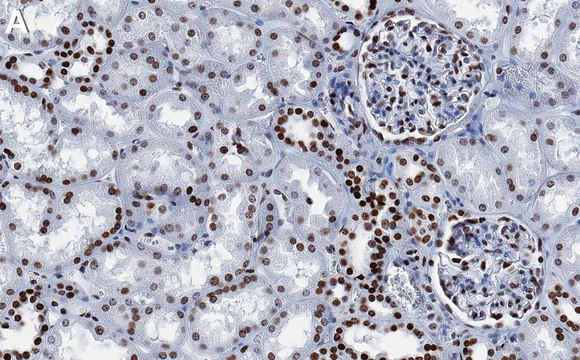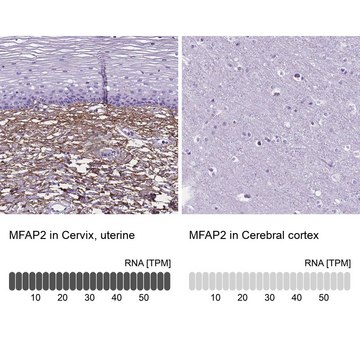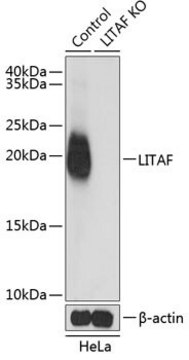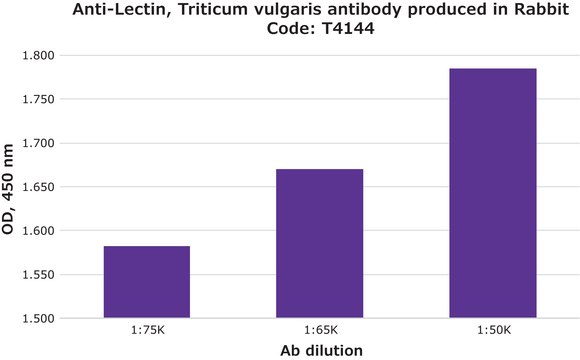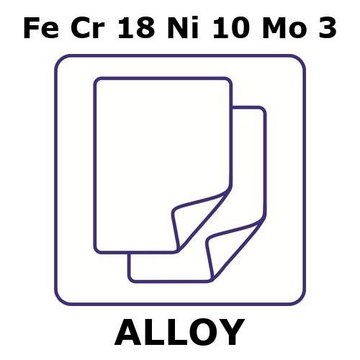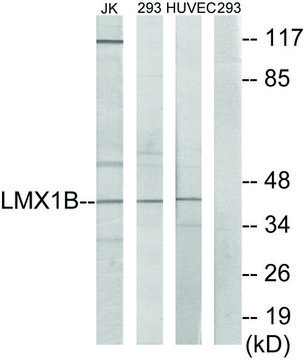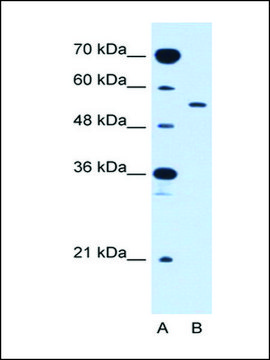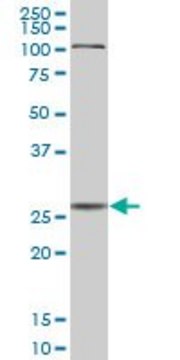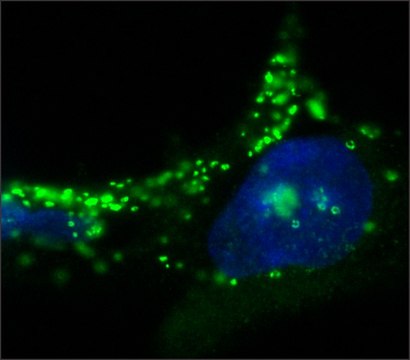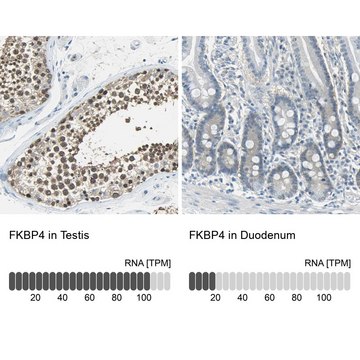SAB3500010
Anti-FNIP2 antibody produced in rabbit
affinity isolated antibody, buffered aqueous solution, ab2
Sign Into View Organizational & Contract Pricing
All Photos(1)
Synonym(s):
Anti-FNIPL, Anti-Folliculin interacting protein 2
UNSPSC Code:
12352203
NACRES:
NA.41
Recommended Products
biological source
rabbit
Quality Level
conjugate
unconjugated
antibody form
affinity isolated antibody
antibody product type
primary antibodies
clone
polyclonal
form
buffered aqueous solution
species reactivity
rat, mouse, human
technique(s)
indirect ELISA: suitable
western blot: suitable
NCBI accession no.
UniProt accession no.
shipped in
dry ice
storage temp.
−20°C
target post-translational modification
unmodified
Gene Information
human ... FNIP2(57600)
General description
Folliculin interacting protein 2 (FNIP2) is a 125.6kDa protein expressed in the cytoplasm.
Immunogen
FNIP2 antibody was raised against an 18 amino acid peptide near the amino terminus of human FNIP2.
Biochem/physiol Actions
Folliculin interacting protein 2 (FNIP2) induces apoptosis. It associates with AMP-activated protein kinase (AMPK) and folliculin (FLCN). The protein also has a role in the O6-methylguanine-induced apoptosis signaling pathway.
Features and Benefits
Evaluate our antibodies with complete peace of mind. If the antibody does not perform in your application, we will issue a full credit or replacement antibody. Learn more.
Target description
FNIP2 is the second protein found to interact with folliculin, the product of the Birt-Hogg-Dube (BHD) gene. Folliculin is thought to act as a tumor suppressor as mutations or loss of heterozygosity in this gene are associated with BHD syndrome-related renal tumors. Folliculin and FNIP1, a protein that shares 49% identity to FNIP2, bind to AMPK, an important energy sensor in cells that negatively regulates the mammalian target of rapamycin (mTOR), a protein that is thought to be the master switch for cell growth and proliferation. FNIP1 and FNIP2 are able to form homo- and heteromeric multimers, suggesting these proteins may have a functional relationship. Multiple isoforms of FNIP2 are known to exist. This antibody is predicted to not cross-react with FNIP1.
Linkage
The action of this antibody can be blocked using blocking peptide SBP3500010.
Physical form
Supplied at approx. 1 mg/mL in phosphate buffered saline containing 0.02% sodium azide.
Disclaimer
Unless otherwise stated in our catalog or other company documentation accompanying the product(s), our products are intended for research use only and are not to be used for any other purpose, which includes but is not limited to, unauthorized commercial uses, in vitro diagnostic uses, ex vivo or in vivo therapeutic uses or any type of consumption or application to humans or animals.
related product
Product No.
Description
Pricing
WGK
WGK 2
Flash Point(F)
Not applicable
Flash Point(C)
Not applicable
Regulatory Information
常规特殊物品
Certificates of Analysis (COA)
Search for Certificates of Analysis (COA) by entering the products Lot/Batch Number. Lot and Batch Numbers can be found on a product’s label following the words ‘Lot’ or ‘Batch’.
Already Own This Product?
Find documentation for the products that you have recently purchased in the Document Library.
Stabilization of MAPO1 by specific binding with folliculin and AMP-activated protein kinase in O6-methylguanine-induced apoptosis.
Sano S
Biochemical and Biophysical Research Communications (2013)
A novel protein, MAPO1, that functions in apoptosis triggered by O6-methylguanine mispair in DNA.
Komori K
Oncogene (2009)
Leeanna El-Houjeiri et al.
The Journal of clinical investigation, 131(22) (2021-11-16)
Growing tumors exist in metabolically compromised environments that require activation of multiple pathways to scavenge nutrients to support accelerated rates of growth. The folliculin (FLCN) tumor suppressor complex (FLCN, FNIP1, FNIP2) is implicated in the regulation of energy homeostasis via
Our team of scientists has experience in all areas of research including Life Science, Material Science, Chemical Synthesis, Chromatography, Analytical and many others.
Contact Technical Service